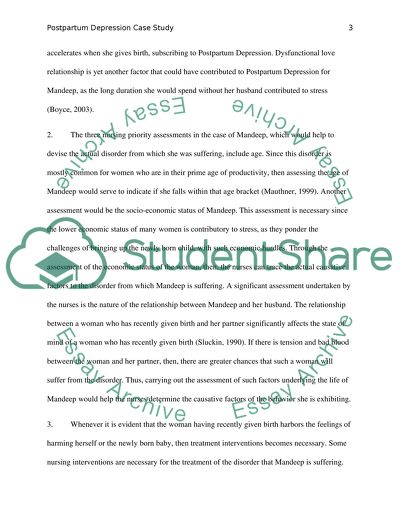Cite this document
(“Postpartum Depression Coursework Example | Topics and Well Written Essays - 1000 words”, n.d.)
Retrieved from https://studentshare.org/other/1399165-case-study
Retrieved from https://studentshare.org/other/1399165-case-study
(Postpartum Depression Coursework Example | Topics and Well Written Essays - 1000 Words)
https://studentshare.org/other/1399165-case-study.
https://studentshare.org/other/1399165-case-study.
“Postpartum Depression Coursework Example | Topics and Well Written Essays - 1000 Words”, n.d. https://studentshare.org/other/1399165-case-study.


